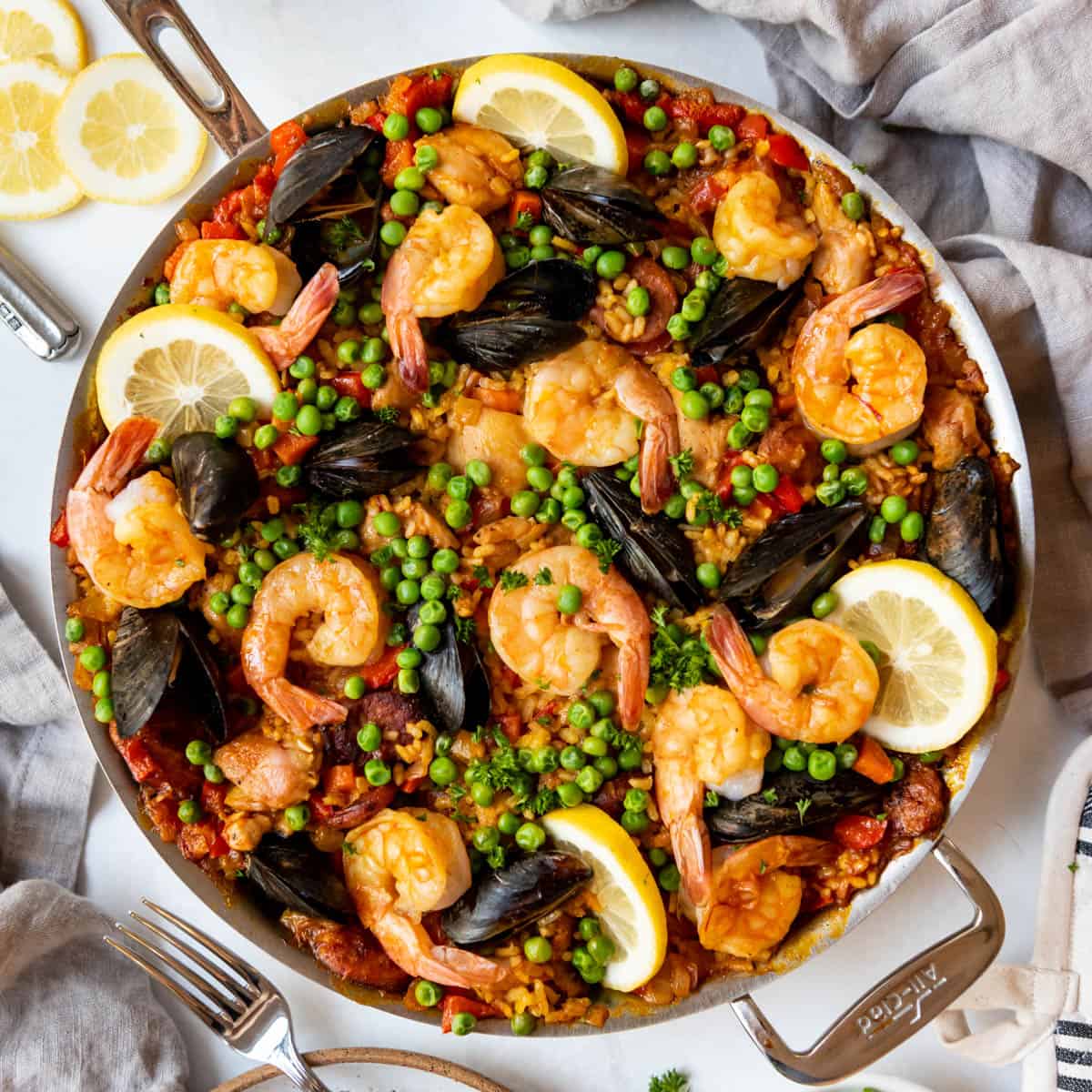Spanish Paella

Spanish Paella: A Culinary Journey to the Heart of Spain
In the vibrant tapestry of Spanish cuisine, few dishes hold a place as iconic as paella. This delectable rice dish, originating from the sun-kissed region of Valencia, has captivated hearts and palates around the world with its vibrant colors, tantalizing aromas, and irresistible flavors. Join us on a culinary adventure as we delve into the history, ingredients, and preparation of this beloved Spanish delicacy.
A History Steeped in Tradition
The origins of paella can be traced back to the 15th century, when farmers and laborers in the Valencia region sought a hearty and nutritious meal that could be easily prepared over an open fire. The dish’s name, derived from the Valencian word "paella," refers to the shallow pan in which it is traditionally cooked. Over time, paella evolved from a humble peasant dish to a culinary masterpiece, gracing the tables of royalty and commoners alike.
A Symphony of Flavors
The essence of paella lies in its harmonious blend of flavors and textures. At its core, the dish features short-grain rice, which absorbs the rich broth and imparts a tender, slightly chewy texture. This rice is then complemented by a vibrant array of ingredients, including succulent seafood, tender chicken, and an assortment of vegetables.
The seafood selection in paella is a testament to Spain’s coastal heritage. Shrimp, mussels, clams, and squid are common additions, each contributing their unique briny sweetness to the dish. Chicken, often marinated in a flavorful blend of herbs and spices, adds a savory richness that balances the seafood’s delicate flavors.
Vegetables play a vital role in paella, not only adding color and texture but also contributing a symphony of flavors. Sweet bell peppers, juicy tomatoes, and tender green beans are frequently used, along with aromatic saffron, which infuses the dish with its distinctive golden hue.
The Art of Cooking Paella
Preparing paella is a culinary art form that requires patience, skill, and a keen eye for detail. The traditional method involves cooking the dish over an open fire, using a large, shallow pan called a paellera. The heat is carefully controlled to ensure that the rice cooks evenly and develops a slightly crispy crust, known as the "socarrat."
The process begins with sautéing the chicken and seafood in olive oil, infusing the pan with their savory aromas. Next, the vegetables are added and cooked until they soften slightly. The rice is then introduced, along with a flavorful broth made from fish stock, chicken stock, and a touch of saffron. The mixture is brought to a boil, then reduced to a simmer and left to cook undisturbed for about 15 minutes.
Once the rice has absorbed most of the liquid, the pan is removed from the heat and allowed to rest for a few minutes. This allows the flavors to meld and the rice to finish cooking. Finally, the paella is garnished with a sprinkling of fresh herbs, such as parsley or cilantro, and served piping hot.
A Culinary Tapestry of Spain
Paella is more than just a dish; it is a symbol of Spanish culture and hospitality. It is a dish that brings people together, whether it be a family gathering, a festive celebration, or a casual meal shared among friends.
The versatility of paella allows for endless variations, reflecting the diverse culinary traditions of Spain’s regions. In Catalonia, paella is often made with bomba rice, a short-grain variety that absorbs even more broth than traditional paella rice. In Andalusia, the dish may include chorizo, a spicy sausage, and clams. And in the Basque Country, paella is sometimes prepared with squid ink, giving it a distinctive black color.
No matter the variations, paella remains a dish that embodies the spirit of Spain. It is a celebration of life, a culinary journey that transports us to the heart of this vibrant and passionate country. So, gather your loved ones, fire up the stove, and embark on a culinary adventure with Spanish paella. Let the flavors dance on your palate and immerse yourself in the rich tapestry of Spanish cuisine.
Comments
Post a Comment